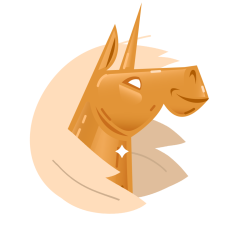Install Steam
login
|
language
简体中文 (Simplified Chinese)
繁體中文 (Traditional Chinese)
日本語 (Japanese)
한국어 (Korean)
ไทย (Thai)
Български (Bulgarian)
Čeština (Czech)
Dansk (Danish)
Deutsch (German)
Español - España (Spanish - Spain)
Español - Latinoamérica (Spanish - Latin America)
Ελληνικά (Greek)
Français (French)
Italiano (Italian)
Bahasa Indonesia (Indonesian)
Magyar (Hungarian)
Nederlands (Dutch)
Norsk (Norwegian)
Polski (Polish)
Português (Portuguese - Portugal)
Português - Brasil (Portuguese - Brazil)
Română (Romanian)
Русский (Russian)
Suomi (Finnish)
Svenska (Swedish)
Türkçe (Turkish)
Tiếng Việt (Vietnamese)
Українська (Ukrainian)
Report a translation problem




















































































"increasing melee damage affects the damage output of player melee weapons, but not of ranged weapons. It also increases the damage of most dino attacks."
But I did see there was some discussion on this topic.
Again, it's a matter of opinions, but it's good to mention what it does so player can chose their playstyle.
I understand the point with weight and the opportunity cost that comes with leveling weight heavily. You make good points, but personally I benefited a lot from. Probably because I spent a fair amount of timing mining/chopping myself. The trick of building while on a dino is a good tip though, as is the standing while running trick.
Finally, are you sure that melee damage increases the damage of arrows? Everything I have read suggests that it does not.
Tip, if you add the trike to a group and press E while riding it, you will end up standing on its back, then you can press the group number and order to move forward. The trike will run consuming no stamina and will let you access your inventory while moving. covering long distances running, if you do this riding it you will consume the stamina and won't be able to use your inventory at the same time. Same criteria can be used with any other creature you can stand on its back.
If the guide is for SP only in single player mode (not online server) then it shoulld be a path to defeat the bosses and "win" the island, also explain (if you didn't) the order of the maps.